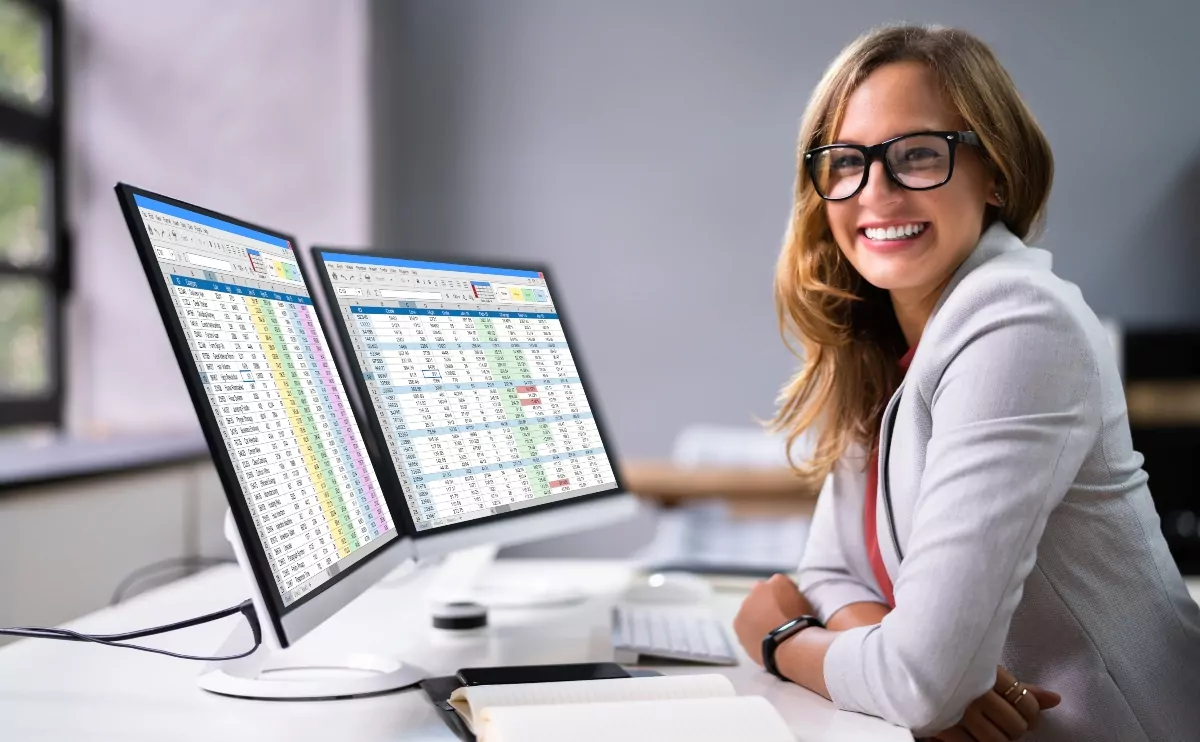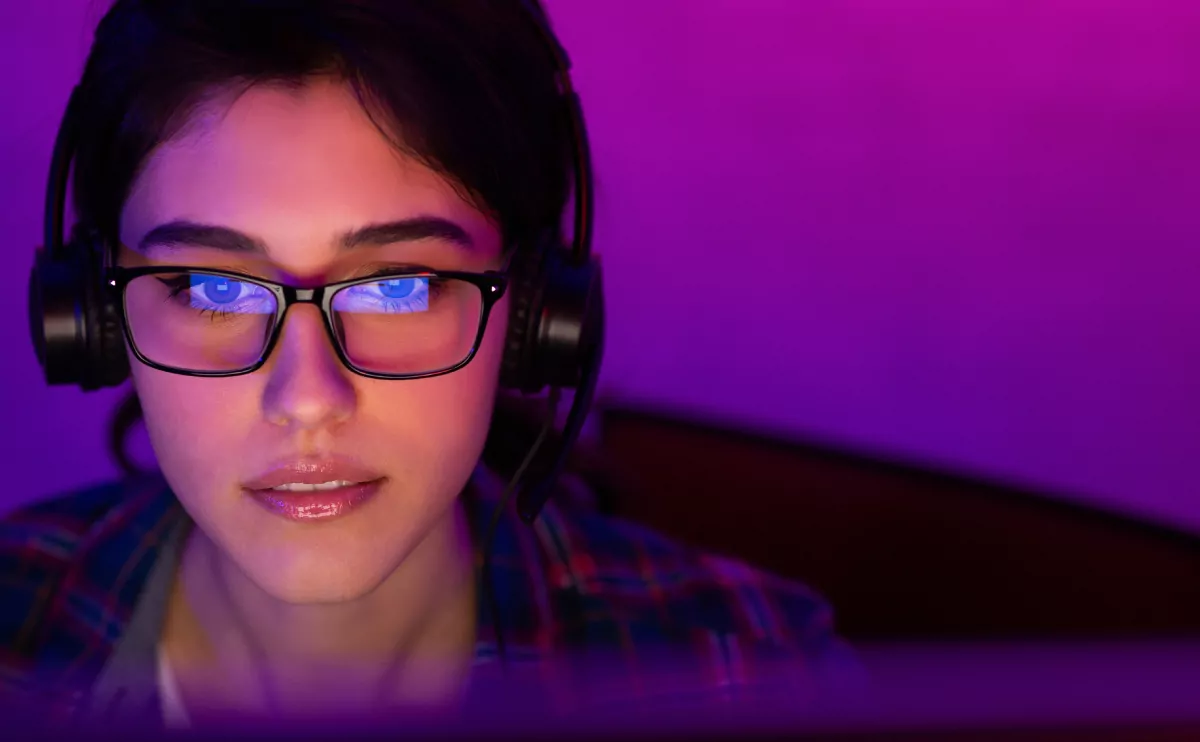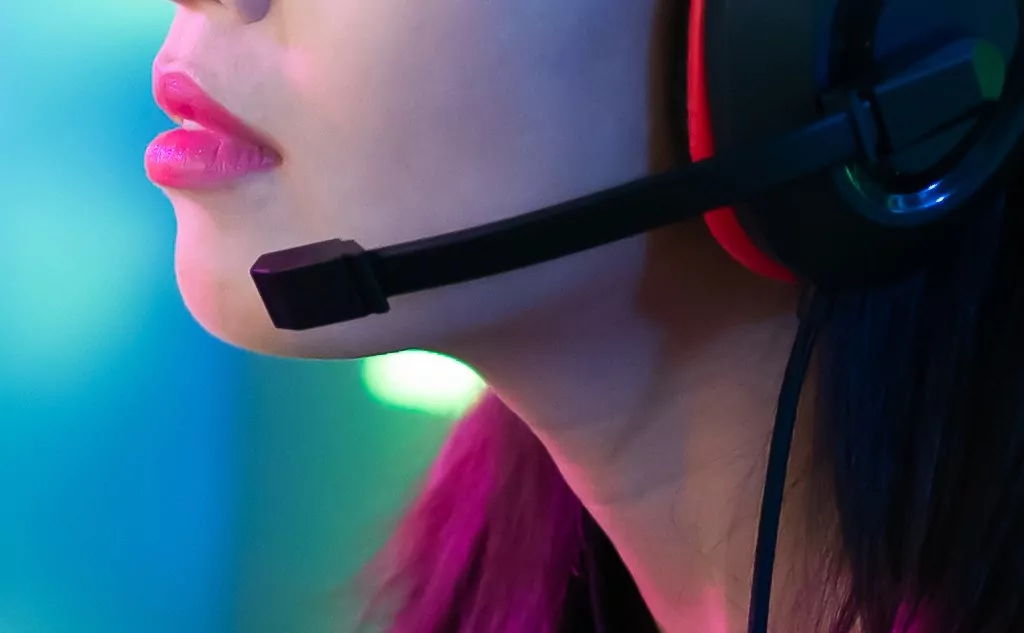Data Scientist Monitors: One Big and/or Two Small Monitors?
Here’s everything about data scientists using one big monitor and/or two small monitors: If you have the space for it, this can be a highly effective setup that gives you a lot of freedom to organize information and digital tools in ways that improve your efficiency and efficacy. Alternatively, you could use only two monitors, … Read more






